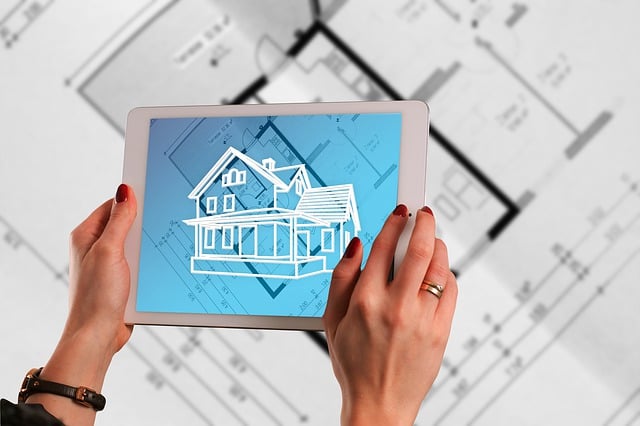Virtual reality and augmented technologies have long been a topic of fascination in science fiction, and now they’re working their way into the real world. This tech was promised to completely reshape our society, revolutionising our lives on a level that would put the smartphone to shame.
Though their progress has been slow, the success of these systems is inevitable. Since staying at the forefront of retail means getting ahead of the curve, it could be best to understand exactly what these systems offer, and how it could be leveraged. You might not need to go out and make a change today, but this isn’t a case where staying in the dark will pay off.

What are AR and VR anyway?
Augmented and virtual reality are two approaches to a similar type of technology. Both are cutting-edge, and both have made enormous strides in the last decade. Virtual reality is the one with which people are most familiar, having made breakout success with the Oculus Rift in 2016. Like the VR that followed, this operates as a kind of headset including headphones and screens.
The effect of VR is to create an entirely digital environment in which the user can be placed. This environment could be in a video game, it could be in a digital panoramic photograph, or anything in between.
AR is a little different in that while it does see advantages from headset-style designs, it can also be used in any mobile format that involves a camera. Mobile phones have been early success stories in AR thanks to their ubiquity, but it’s glasses-style designs like with the Apple Vision Pro that will unlock the tech’s full potential.
Adopting these technologies into any existing business has been slow, with access to existing systems illustrating the first steps. The best online casinos, for example, can be browsed in VR, as they can be on desktops and mobiles. Users can collect bonuses and sign up for websites like Pub Casino and Mr Vegas using this technology, and some games even offer VR support. Retail has been making similar first steps, so let’s explore how.
VR in the Retail Space
The first steps of VR helping in retail systems have been explored by forward-thinking businesses like Wren Kitchens. A Durham location opened in 2021 with a state-of-the-art showroom that included two virtual reality studios for customers to experience. The implementation from Wren Kitchen allowed customers to explore a full-sized model of their potential purchase in 3D, to get a true sense of scale.
This kind of adoption could be used in the future for a huge range of retail stores to provide customers with a way to experience goods in close detail before ever leaving their homes. Combined with 3D scans, and large and small object photogrammetry, this accuracy and convenience goes beyond anything traditionally possible.
Google’s Immersive View is taking this idea a step further by combining Google Earth map data with in-business shots and current weather and traffic conditions. When compiled and fed into VR, this approach can provide customers with the ability to explore an entire virtualised neighbourhood, even going into a store and checking out the shelves. This level of implementation would require the right kind of tools and updates from a retailer, but the usability and access to such systems are constantly improving.
AR’s Potential to Help
Augmented reality stands out as an especially powerful tool for any retailer offering goods that change an aspect of a person’s or home’s appearance. AR can already be used on apps like YouCam MakeUp to illustrate what you’d look like with different hairstyles and makeup, for example. Other forms of this technology could work just as well with jewellery and accessories, combining with other goods to create a unique and expressive individual style.
Home decoration and maintenance will likely provide the most powerful form of AR use for retailers. AR could take the guesswork out of what can be an expensive and stressful experience, perfectly overlaying goods like TVs into your household. AR could also show you your home in a different colour, or decorated in an entirely different style.
As of late 2023, augmented and virtual reality can be expensive technologies only really utilised by tech enthusiasts. The same was once said of home computers, fibre internet, and mobile phones, however, and we all know how popular those systems became. You don’t need to run out and invest in AR and VR options in your retail business just yet, but keep an eye on where the wind is blowing, and you’ll be poised to make the most of what will eventually become a key part of the modern retail environment.




